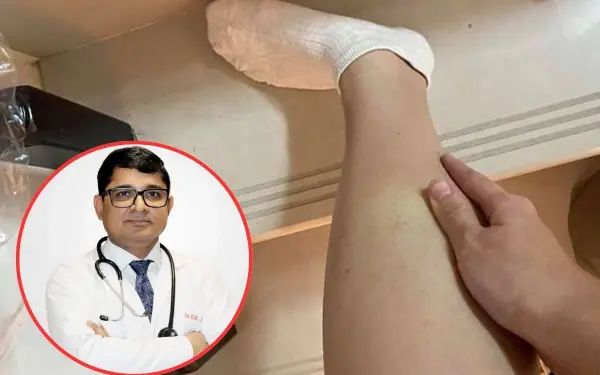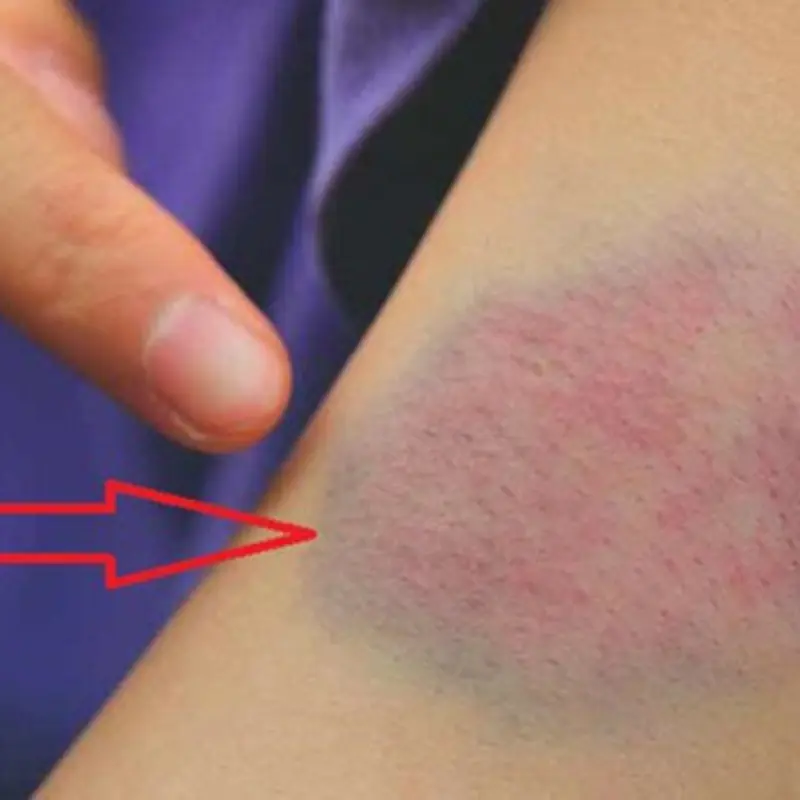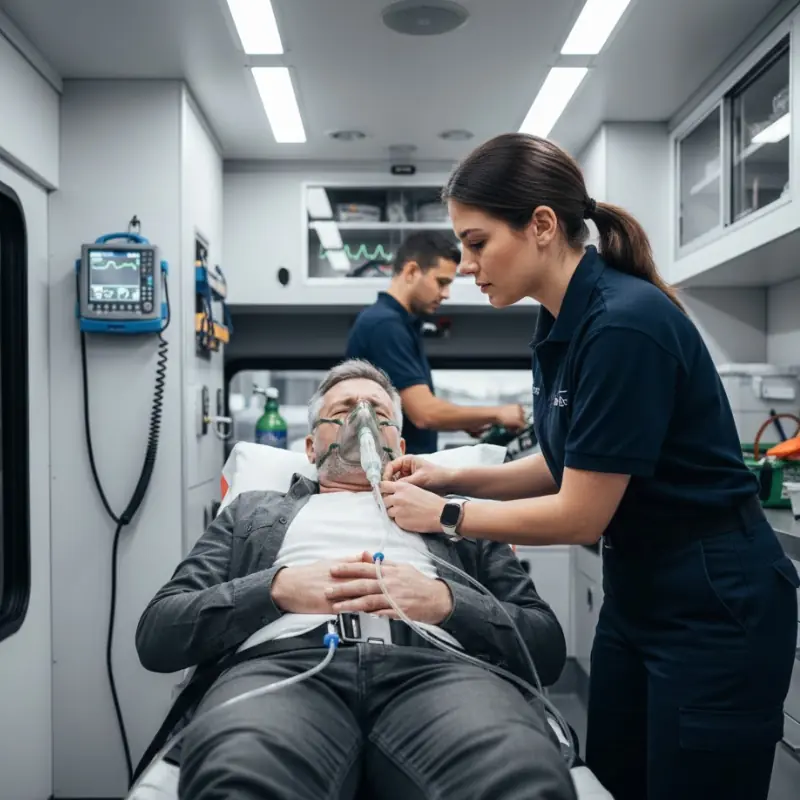
Beware of Diabetes If You Frequently Experience These 5 Strange Symptoms
Your Feet Are a "Blood Sugar Meter": Beware of Diabetes If You Frequently Experience These 5 Strange Symptoms
Many people with abnormal blood sugar levels fail to recognize the warning signals their bodies send out. By the time they realize they have diabetes, complications may have already set in.

According to the latest data published by the International Diabetes Federation (IDF), as of 2021, there were approximately 537 million diabetes patients worldwide, with the majority suffering from type 2 diabetes.
Many people ignore abnormal blood sugar levels, avoiding medical treatment, while others, after being diagnosed, fail to manage their blood sugar properly, leading to dangerous complications.
Diabetes is a chronic disease. A temporary rise in blood sugar may not harm you immediately, but consistently high blood sugar levels over months or years can cause severe damage to the body. The most frightening aspect of diabetes is its complications—once vital organs are damaged, they cannot be restored. Many diabetic patients suffer from blindness, cardiovascular diseases, or even limb amputations.
To avoid such complications, it is crucial to detect abnormal blood sugar levels as early as possible.
Fortunately, the feet are often regarded as a "blood sugar meter." When blood sugar is not well controlled, the feet are among the first to send warning signals.
Here are five unusual foot symptoms that may indicate abnormal blood sugar levels, warranting immediate medical attention:
1. Numbness in the Feet
High blood sugar can severely damage nerves, leading to diabetic peripheral neuropathy. Once neuropathy sets in, it is irreversible, and patients may experience numbness in their feet.
If left unchecked, this numbness can worsen, making people feel as though their feet are no longer part of their body.
Additionally, patients may lose sensitivity to temperature and pain. As a result, they may not notice extremely hot water, increasing the risk of burns when soaking their feet.
2. Leg Cramps
High blood sugar can significantly harm blood vessels. Poorly controlled diabetes can lead to arteriosclerosis within a year or two, causing plaque buildup and narrowing of blood vessels.
Because the feet are far from the heart and often remain in the same position for long periods when sitting or lying down, they are more prone to vascular diseases.
When the blood vessels in the legs narrow, patients may experience frequent leg cramps. The problem becomes more severe at night, especially in colder temperatures, when blood vessels contract further, exacerbating ischemia (reduced blood supply) and oxygen deficiency.
3. Itchy Feet
Diabetes patients often experience itchy feet, mistakenly believing it to be eczema. They may visit multiple dermatologists and use various anti-itch medications, but symptoms persist. The real culprit is poor blood sugar control.
Uncontrolled blood sugar and a weakened immune system increase the risk of skin infections, such as folliculitis, boils, bacterial infections, and fungal infections, including athlete’s foot and nail fungus, which cause persistent itching.
Additionally, nerve damage caused by high blood sugar can lead to abnormal sensations, while dysfunction in sweat and sebaceous glands may cause skin changes, further contributing to itchiness.
4. Slow or Non-Healing Foot Wounds
As previously mentioned, diabetes patients are more susceptible to foot injuries because of reduced sensitivity to temperature. They may suffer burns without realizing it.
Once a wound appears on the foot, it tends to heal very slowly—or not at all.
This is because diabetes weakens the immune system, allowing bacteria to accumulate on the wound. At the same time, high blood sugar damages blood vessels, reducing blood supply and further impairing the healing process.
5. Skin Discoloration on the Legs
Many diabetes patients develop pigmentation or dark spots on the lower legs. This is often due to skin infections or scars left from previous blisters.
In some cases, vascular damage in the legs can also lead to skin discoloration.
Conclusion: If you frequently experience these unusual foot symptoms, it is essential to check your blood sugar levels and seek medical advice promptly. Early detection and management of diabetes can help prevent severe complications and improve quality of life.
News in the same category


The Truth Behind That Falling Sensation When You’re Sleeping

Doctors Explain the Health Differences Between People Who Wake Up at Night to Urinate and Those Who Don’t

Doctors Explain What These Bruises on Your Body Might Mean

Even can.cer cells can’t stand these four fruits, which are loved and cultivated worldwide

Before c.a.ncer arrives, hands and feet often have these 4 signs

Waking Up to Strange Marks on Your Pillow or Blanket: A Can,cer Sign? Doctors Say the Truth Is More Complex

Doctors Warn: Three Husband Behaviors That Could Increase Cervical Can.cer Risk

To know if your internal o.r.gans are infected, just look at your feet. If there are 3 signs, you need to go to the emergency room

Chinese Medical Expert Reveals a Dish That Helps Fight Blo.od Clots and Tumors

6 Stroke Warning Signs After Showering You Must Never Ignore

Be Careful: These 2 Types of Fish May Increase Cancer Risk if Eaten Frequently

Doctors Warn: 3 Fruits That May Quietly Harm Your Liver If Eaten Incorrectly

20 Early Warning Signs of Can.cer You Should Never Ignore

Beware of Diabetes If You Frequently Experience These 5 Strange Symptoms

The body knows when de.ath is near, and it all begins with the nose

Doctor warns: 7 “normal” symptoms you should never ignore

The hidden dan.ger in a drink many children love

Eating Leftovers from the Fridge, 50-Year-Old Man Dies: 5 Foods You Should Never Keep Overnight — If Left Over, Throw Them Away

10 Signs That Your Kid.neys Are Weakening and Need Medical Attention
News Post

He Drank Lemon Water Every Day for Two Years to Lower His Blood Pressure

If You Have Tiny White Bumps on Your Face, Don’t Try to Remove Them!

The Truth Behind That Falling Sensation When You’re Sleeping

Doctors Explain the Health Differences Between People Who Wake Up at Night to Urinate and Those Who Don’t

Doctors Explain What These Bruises on Your Body Might Mean

Red Velvet Cinnamon Rolls with Cream Cheese Glaze

Even can.cer cells can’t stand these four fruits, which are loved and cultivated worldwide

Before c.a.ncer arrives, hands and feet often have these 4 signs

Waking Up to Strange Marks on Your Pillow or Blanket: A Can,cer Sign? Doctors Say the Truth Is More Complex

Doctors Warn: Three Husband Behaviors That Could Increase Cervical Can.cer Risk

The Italian Village Known as “The Healthiest in the World” — Thanks to One Everyday Spice

Green or Orange Dot on Your Phone? Experts Warn It Could Be a Privacy Alert

Why Sprinkling Salt on a Gas Stove Is a Smart Household Trick

A Simple Kitchen Trick: Add This Fruit When Boiling Duck to Remove Odor and Boost Flavor

To know if your internal o.r.gans are infected, just look at your feet. If there are 3 signs, you need to go to the emergency room

Chinese Medical Expert Reveals a Dish That Helps Fight Blo.od Clots and Tumors

6 Stroke Warning Signs After Showering You Must Never Ignore

Health Warning: Never Do This While Showering — It Can Be Far More Dangerous Than You Thin

Be Careful: These 2 Types of Fish May Increase Cancer Risk if Eaten Frequently
